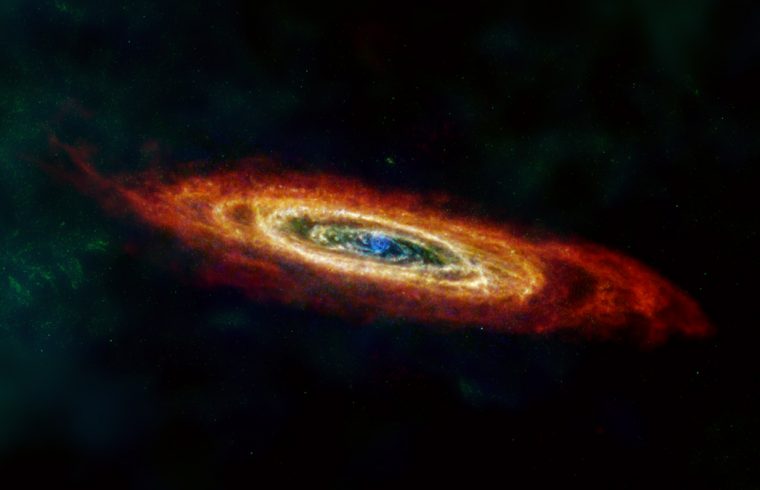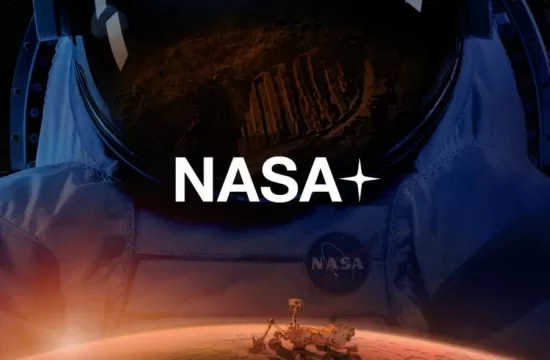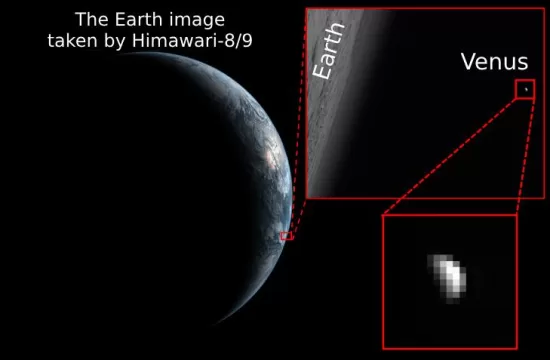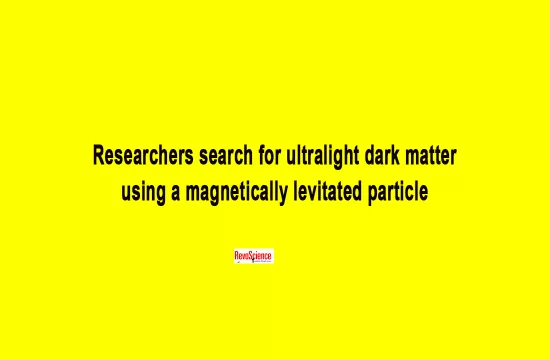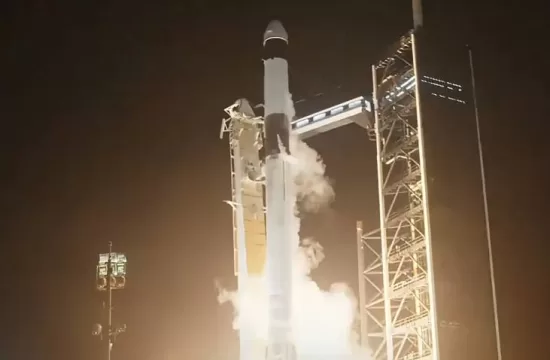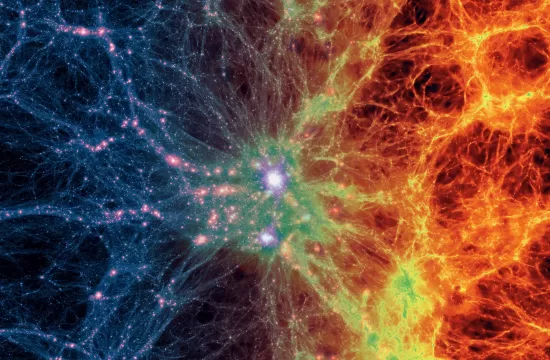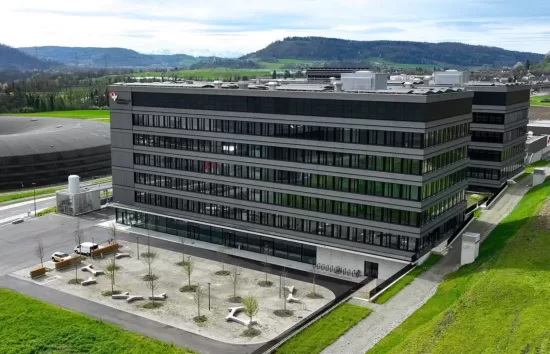New images using data from European Space Agency(ESA) and NASA missions showcase the dust that fills the space between stars in four of the galaxies closest to our own Milky Way.
More than striking, the snapshots are also a scientific trove, lending insight into how dramatically the density of dust clouds can vary within a galaxy.
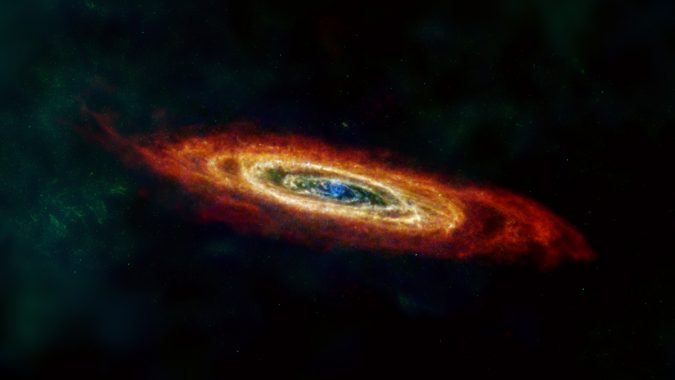
Credit: ESA/NASA/JPL-Caltech/GBT/WSRT/IRAM/C. Clark (STScI)
With a consistency similar to smoke, dust is created by dying stars and is one of the materials that form new stars. The dust clouds observed by space telescopes are constantly shaped and molded by exploding stars, stellar winds, and the effects of gravity.
Almost half of all the starlight in the universe is absorbed by dust. Many of the heavy chemical elements essential to form planets like Earth are locked up in dust grains in interstellar space. So understanding dust is an essential part of understanding our universe.
The new observations were made possible through the work of ESA’s Herschel Space Observatory, which operated from 2009 to 2013. NASA’s Jet Propulsion Laboratory in Southern California contributed key parts of two instruments on the spacecraft. Herschel’s supercold instruments were able to detect the thermal glow of dust, which is emitted as far-infrared light, a range of wavelengths longer than what human eyes can detect.
Herschel’s images of interstellar dust provide high-resolution views of fine details in these clouds, revealing intricate substructures. But the way the space telescope was designed meant that it often couldn’t detect light from more spread out and diffuse clouds, especially in the outer regions of galaxies, where the gas and dust become sparse and thus fainter.
For some nearby galaxies, that meant Herschel missed up to 30% of all the light given off by dust. With such a significant gap, astronomers struggled to use the Herschel data to understand how dust and gas behaved in these environments. To fill out the Herschel dust maps, the new images combine data from three other missions: ESA’s retired Planck observatory, along with two retired NASA missions, the Infrared Astronomical Satellite (IRAS) and Cosmic Background Explorer (COBE).
The images show the Andromeda galaxy, also known as M31; the Triangulum galaxy, or M33; and the Large and Small Magellanic Clouds – dwarf galaxies orbiting the Milky Way that do not have the spiral structure of the Andromeda and Triangulum galaxies. All four are within 3 million light-years of Earth.

